
Architectural photography at its best will convey the experience of being in and around a built environment. It is a broad subject, encompassing everything from skyscrapers to shacks. Virtually everywhere we go, we are surrounded by some sort of architecture on a daily basis. Because of this, it should come as no surprise that architecture is such a popular subject in photography.
Despite its diversity, there are a number of principles and techniques which can be applies to most situations. Keeping them in mind at all times will encourage you to think more carefully about your framing, composition, and lighting.
With practice, you’ll develop your eye for architecture photography. This will help you shoot your subjects in a more interesting way, avoiding commonly-repeated compositions and injecting more personality into your photos.
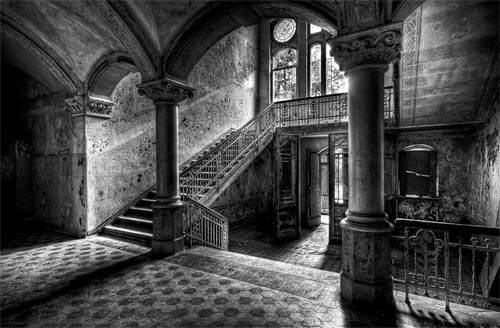
Old Architecture
When photographing old architecture, a straightforward and simple composition usually works best, showing the natural beauty and elegance of the building. It usually helps to include some of the surrounding scenery to give context to the architecture and make it feel less cramped.
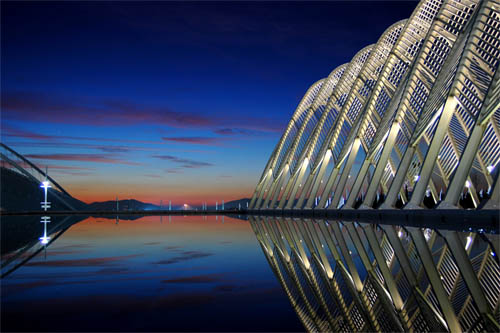
Modern Architecture
When photographing modern architecture you can get away with using a much more modern, abstract style. Experiment with wide angle lenses to produce extreme perspective, or photograph the building from unusual angles. Also, because modern buildings are often squeezed in very close to one another, you can crop in tightly on the building without making the photo feel unnatural.
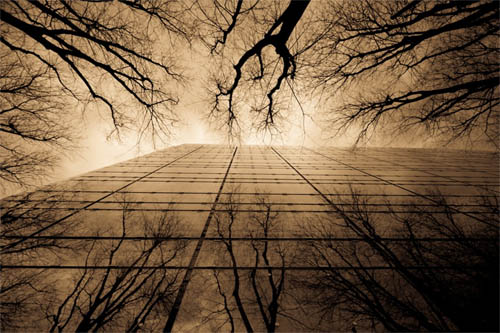
Put Your Architecture in Context… or Don’t
The question of whether to show your building’s surroundings depends on the situation and the message you want to convey. Ask yourself whether putting your building in context would add to or detract from the photo. If the scenery compliments your building then shoot a wider photo, but if the surroundings don’t fit with the message you want to convey, cut them out.
As an example consider an old building in the middle of a modern city. If you wanted to capture this sense of not belonging then it would be important to include some of the surrounding modern buildings. But if you just want to emphasise the beautiful old architecture then the newer buildings would only detract from the photo, so you should crop them out.
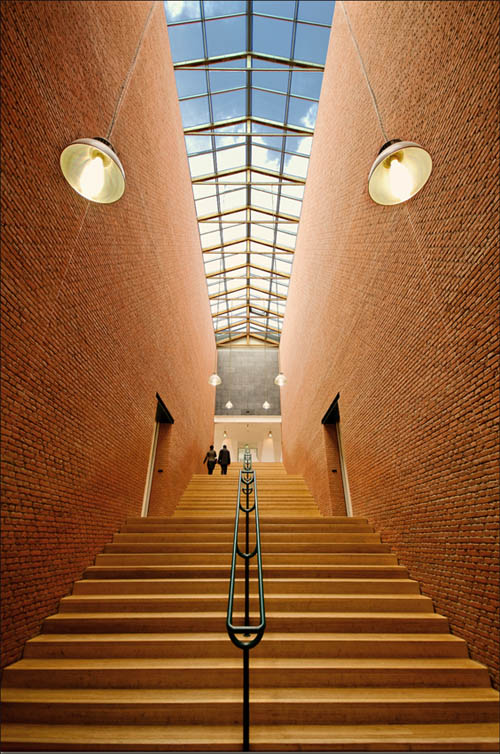
Lighting
Lighting is a crucial part of architectural photography. Of course we have no say over the position and orientation of a building, and lighting the building ourselves is usually out of the question (not to mention expensive!). Instead we have to make do with what nature provides.
Side-front lighting usually produces the best architecture photos. It provides plenty of illumination and also casts long, interesting shadows across the face of the building, making its surface details stand out and giving the building a more three-dimensional look.
Back lighting is the worst kind for architectural photography because it creates very uniform, dark surfaces. The best way to deal with a backlit building is to either crop out the sky and use a longer exposure to rescue some of the detail, or photograph the building as a silhouette. Alternatively you could wait until it gets dark…
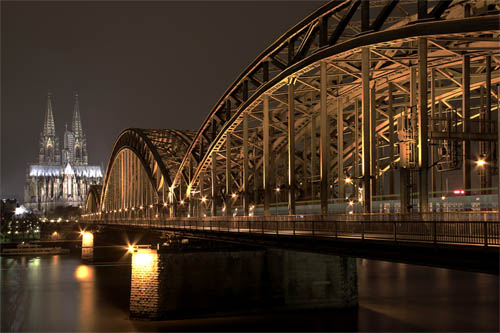
Shoot at Night
Even the most boring architecture can come alive at night – in fact many modern buildings and city centres are designed specifically with night time in mind. After dark these buildings are lit by dozens of lights which bring colour and vibrancy, and cast fantastic shadows across the face of the building.
When photographing architecture at night be sure to use a tripod and set your camera to its lowest ISO setting to reduce digital noise to a minimum.
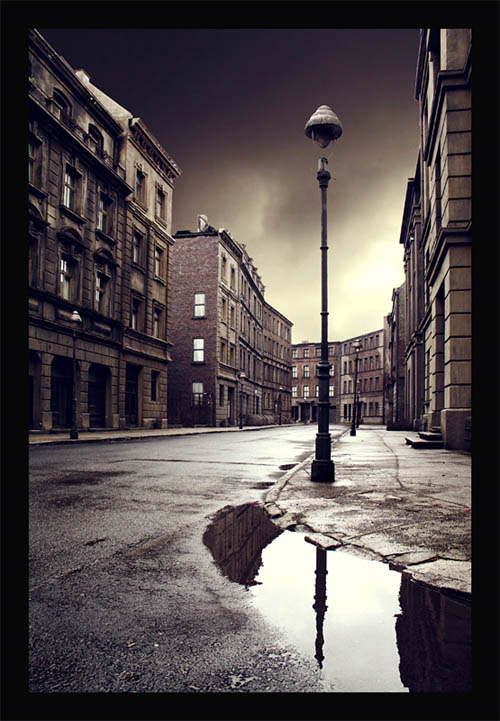
Reduce Distortion by Using a Longer Lens
If you photograph a building from too close it can leave the walls looking distorted, as if the whole building is bulging outwards. Although this can be an interesting effect in itself, we usually want to reduce it so that it doesn’t become distracting.
By using a telephoto lens and photographing your architecture from further away you will find that your building’s walls and lines appear acceptably straight.
You can also use a telephoto lens to create some great abstract effects. By photographing your architecture from a long way away and using a long focal length lens, you will flatten the perspective, making the lines of the building appear parallel, giving your photo a slightly surreal feel.
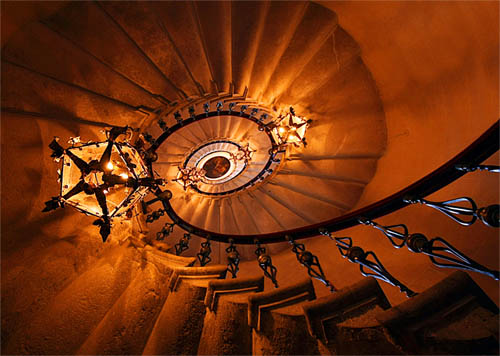
Pick Out Interesting Details
Most architecture is covered with small-scale details which make fascinating photos in their own right – from ornate windows to patterns of rivets to decorative cornices.
Be on the lookout for these details and crop in tightly on them for a more intimate photograph that conveys the character of the architecture.
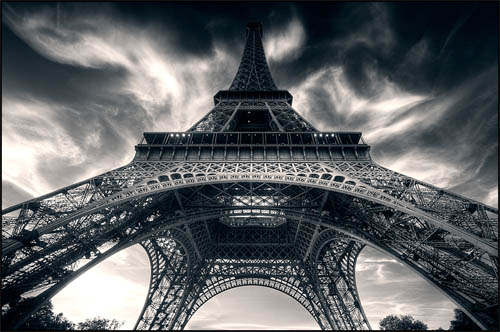
It’s Not Just About Buildings
When photographing architecture it is easy to get stuck in the mindset that ‘architecture equals buildings’. Of course this couldn’t be far from the truth, and in fact most man-made structures come under the architecture umbrella – bridges, towers, windmills, monuments, and even lamp posts. Think laterally and see if you can find some interesting photos that most people would miss.
All the images are copyright of their respected owners and creators. This post is about just to show their creative ideas and inspiration wonders to the world. Please contact us if anyone want to remove their work.
















